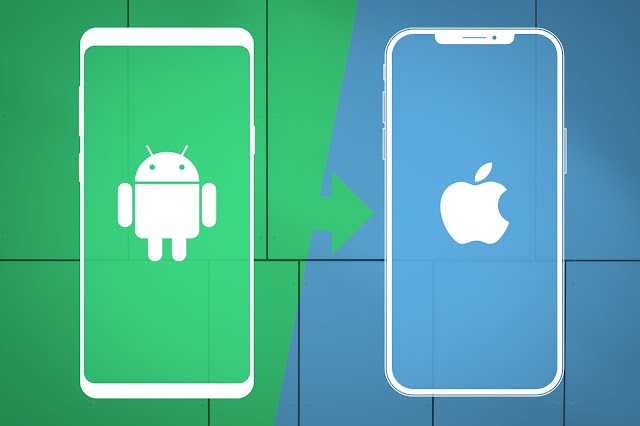The Internet of Things: Connecting Our World for a Smarter Future
In the era of technological advancements, the Internet of Things (IoT) has emerged as a game-changer, revolutionizing the way we interact with the world around us. From smart homes and cities to industrial automation and healthcare, IoT has transformed numerous industries and paved the way for a more interconnected and efficient future. In this blog post, we will explore the concept of the Internet of Things, its impact on various sectors, and the potential challenges and opportunities it presents.
1. Understanding the Internet of Things:
The Internet of Things refers to the vast network of interconnected devices and objects that are embedded with sensors, software, and connectivity capabilities, allowing them to collect and exchange data. These devices can range from everyday objects like refrigerators and thermostats to complex machinery in factories and infrastructure in cities.
2. Transforming Industries:
a. Smart Homes: IoT has revolutionized home automation, enabling homeowners to control and monitor various aspects of their homes remotely. From smart thermostats and lighting systems to security cameras and voice assistants, IoT devices make our lives more convenient, energy-efficient, and secure.
b. Healthcare: IoT has tremendous potential in healthcare, facilitating remote patient monitoring, wearable devices, and real-time health data collection. This technology enables healthcare professionals to deliver personalized care, improve treatment outcomes, and enhance patient safety.
c. Industrial IoT: In industries, IoT enables the concept of smart factories, where machines, equipment, and sensors are interconnected, resulting in improved operational efficiency, predictive maintenance, and optimized supply chains.
d. Smart Cities: IoT plays a pivotal role in creating sustainable and efficient cities. Connected sensors and devices can monitor traffic flow, optimize energy usage, manage waste, and enhance public safety, ultimately improving the quality of life for residents.
3. Advantages and Challenges:
a. Advantages:
- Improved efficiency and productivity
- Enhanced data-driven decision-making
- Cost savings through automation and predictive maintenance
- Enhanced safety and security
- Better resource management and sustainability
b. Challenges:
- Data privacy and security concerns
- Interoperability and standardization
- Scalability and infrastructure requirements
- Ethical considerations regarding data usage
- Workforce reskilling and readiness for IoT adoption
4. The Future of IoT:
The future of IoT is undoubtedly promising, with an increasing number of devices getting connected and the proliferation of 5G networks. Some potential trends include edge computing, artificial intelligence integration, blockchain for secure transactions, and the emergence of autonomous systems. However, addressing the challenges and ensuring responsible and ethical implementation will be crucial for harnessing the full potential of IoT.
Conclusion:
The Internet of Things is transforming the way we live, work, and interact with the world. From smart homes to interconnected cities, IoT is creating a more efficient, connected, and sustainable future. As this technology continues to evolve, it is essential to address challenges such as privacy and security concerns while maximizing the benefits it offers. With proper governance and responsible implementation, the Internet of Things has the power to shape a smarter and more connected world.


.png)


this is very useful for students those who are currently learning engineering. they should know the importance of internet .
ReplyDelete